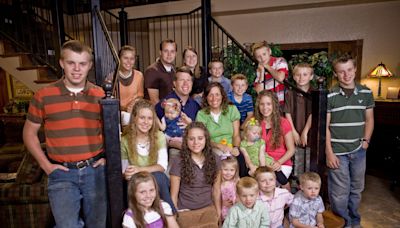Search results
The largest known star (in terms of mass and brightness) is called the Pistol Star. It is believed to be 100 times as massive as our Sun, and 10,000,000 times as bright! In 1990, a star named the Pistol Star was known to lie at the center of the Pistol Nebula in the Milky Way Galaxy. In 1995, it was suggested that the Pistol Star was so massive ...
A "falling star" or a "shooting star" has nothing at all to do with a star! These amazing streaks of light you can sometimes see in the night sky are caused by tiny bits of dust and rock called meteoroids falling into the Earth's atmosphere and burning up. The short-lived trail of light the burning meteoroid produces is called a meteor.
The little bit of matter that used to be at the center of the star before the supernova will then be either a neutron star or a black hole. Which object it becomes depends on the size of the original star. A star that is 1.5 to 4 times larger than our Sun will become a neutron star. Stars that are even bigger than that will become black holes.
The universe is a huge wide-open space that holds everything from the smallest particle to the biggest galaxy. No one knows just how big the Universe is. Astronomers try to measure it all the time. They use a special instrument called a spectroscope to tell whether an object is moving away from Earth or toward Earth.
Answer: Results from NASA's Wilkinson Microwave Anisotropy Probe (WMAP) released in February 2003 show that the first stars formed when the universe was only about 200 million years old. Observations by WMAP also revealed that the universe is currently about 13. 7 billion years old. So it was very early in the time after the Big Bang explosion ...
Brown dwarfs are objects which have a size between that of a giant planet like Jupiter and that of a small star. In fact, most astronomers would classify any object with between 15 times the mass of Jupiter and 75 times the mass of Jupiter to be a brown dwarf. Given that range of masses, the object would not have been able to sustain the fusion ...
Just How Big is this Place? This activity can be used in conjunction with the StarChild Universe Level 2 information OBJECTIVES: Examine ways of measuring distance. Make inferences regarding space travel. Identify the distance relationship between Earth and other objects in the Universe. Develop formulas and procedures for determining ...
A low density cloud of gas and dust in which a star is born. O OORT CLOUD A huge cloud which is thought to surround our solar system and reach over halfway to the nearest star. Comets originate in the Oort Cloud. ORBIT A specific path followed by a planet, satellite, etc. P PARSEC One parsec equals 3.26 light-years. PAYLOAD BAY
Do stars last forever? No. Stars are born, live, and die. This process is called the "life cycle of a star". Most of the time a star shines, it is in a stage of its life cycle called the main sequence. How long it stays in the main sequence phase depends on how much mass the star has. Very big stars have a lot of mass to use as nuclear fuel to ...
Question: Is my body really made up of star stuff? Answer: Virtually all of the elements we see on the Periodic Table were made at some point during the life and death of a star. Only hydrogen, helium, and lithium were created in a different way, i.e., they were created as a result of the Big Bang explosion. So how does a star make the elements ...





